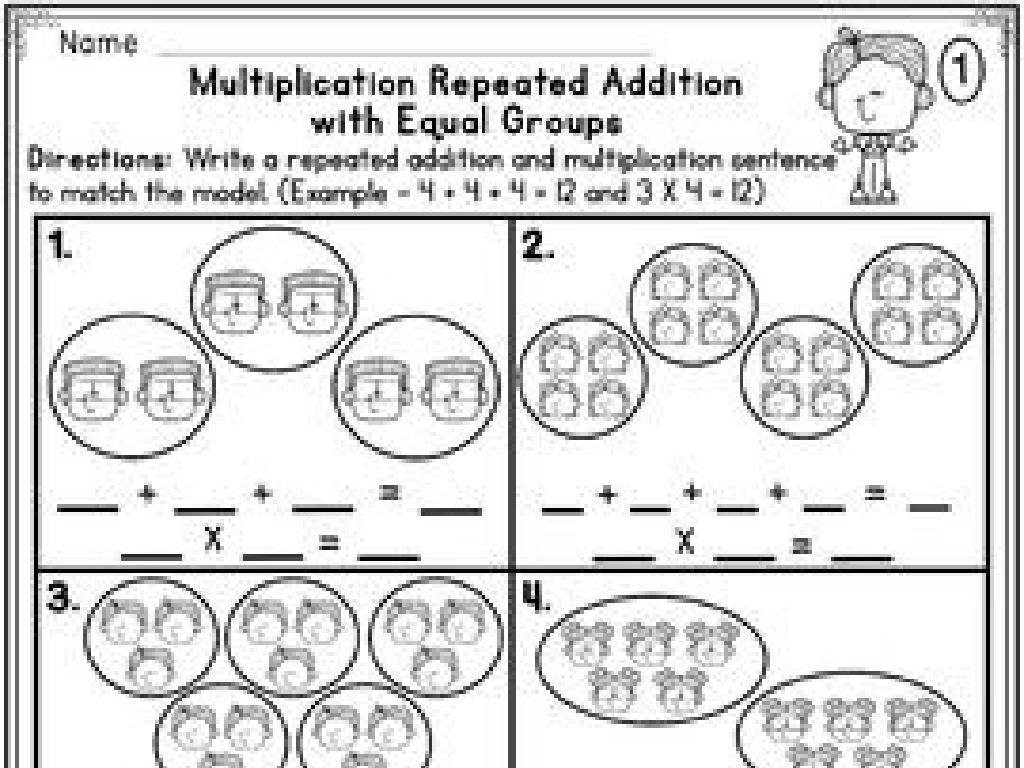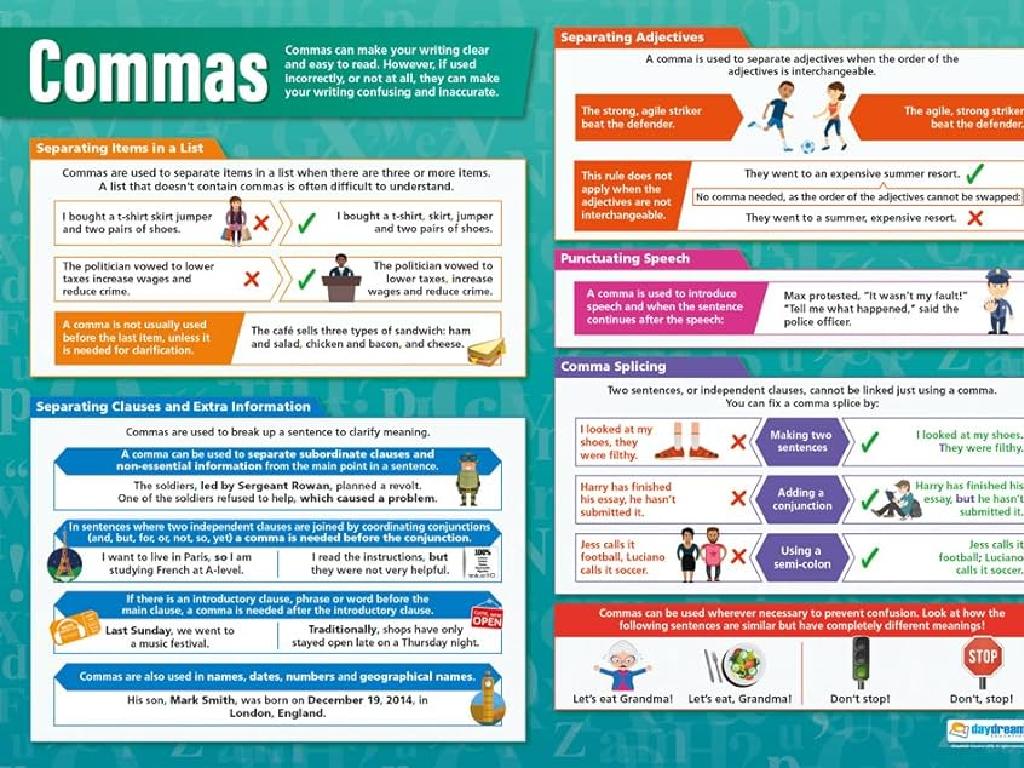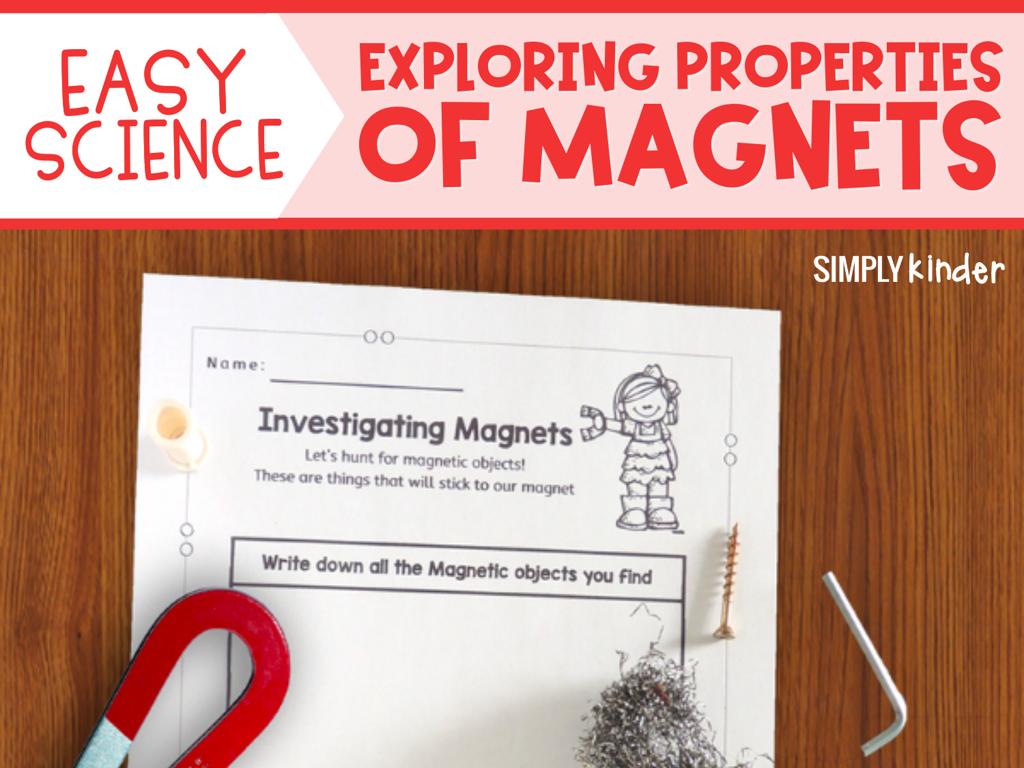Abbreviate Length, Speed, And Acceleration Units
Subject: Science
Grade: Eighth grade
Topic: Units And Measurement
Please LOG IN to download the presentation. Access is available to registered users only.
View More Content
Basics of Units and Measurement
– Understanding measurement fundamentals
– Measurement is quantifying physical quantities.
– Necessity of standard units
– Standard units ensure consistency in communication.
– Exploring length, speed, and acceleration
– Length (meters, m), Speed (meters per second, m/s), Acceleration (meters per second squared, m/s²).
– Abbreviating measurement units
– Abbreviations help in quick and clear communication of measurements.
|
This slide introduces the concept of measurement and its importance in science. Students will learn why measurements are essential for experiments and communication in the scientific community. Emphasize the need for standard units like the International System of Units (SI) to avoid confusion. Provide examples of length (meter), speed (meter per second), and acceleration (meter per second squared) and their respective abbreviations. Explain how these units are used in real-life scenarios and scientific calculations. Encourage students to practice abbreviating and converting between different units to build their proficiency.
Abbreviating Length Units
– Understanding length measurement
– Length is measured from one end to another
– Common length units: inch to mile
– Inch (in), Foot (ft), Yard (yd), Mile (mi)
– Abbreviations: in, ft, yd, mi
– ‘in’ for inch, ‘ft’ for foot, ‘yd’ for yard, ‘mi’ for mile
– Practice abbreviating units
|
This slide introduces students to the concept of measuring length and the common units used in the United States. Begin by explaining what length is and how it is measured, using everyday objects as examples. Then, list the common units of length from smallest to largest (inch, foot, yard, mile) and show how each can be abbreviated. Emphasize the importance of using the correct abbreviation for each unit. To reinforce learning, have students practice by measuring items in the classroom and writing down their lengths with the correct abbreviations. This will help them become familiar with switching between different units and their abbreviations.
Speed Units: Abbreviations and Understanding
– Speed: distance over time
– Speed is how fast an object moves along a path.
– Common speed units: mph, km/h
– mph used in the US, km/h used internationally.
– Abbreviating units: mph, km/h
– mph means ‘miles per hour’, km/h means ‘kilometers per hour’.
– Significance of speed units
|
This slide introduces the concept of speed and its common units used in measurement. Speed is a measure of how quickly an object moves from one place to another and is calculated by dividing the distance traveled by the time it takes to travel that distance. The most commonly used units of speed in the United States are miles per hour (mph), while kilometers per hour (km/h) are used internationally. It’s important for students to be familiar with these abbreviations as they will encounter them in various aspects of life, including driving, weather reports, and sports. Encourage students to practice converting between these units and to understand the contexts in which each is used.
Understanding Acceleration Units
– Define acceleration
– Acceleration is the rate of change of velocity over time.
– Common acceleration units
– Standard units are m/s² for metric, ft/s² for imperial.
– Abbreviating units correctly
– Use ‘m/s²’ for metric, ‘ft/s²’ for imperial systems.
– Usage of different units
– ‘m/s²’ is used globally, while ‘ft/s²’ is used mainly in the U.S.
|
This slide aims to clarify the concept of acceleration and its units for students. Acceleration is a fundamental concept in physics, describing how quickly an object speeds up or slows down. It’s important to understand that the standard unit of acceleration in the metric system is meters per second squared (m/s²), while in the imperial system, it’s feet per second squared (ft/s²). Students should learn to abbreviate these units correctly and know when to use each, depending on the system of measurement in use. Emphasize that m/s² is widely accepted and used in scientific communities around the world, whereas ft/s² is primarily used in the United States. Provide examples of situations where each unit might be used, such as scientific research (m/s²) or construction work in the U.S. (ft/s²).
Converting Units: Length, Speed, and Acceleration
– Necessity of unit conversion
– Ensures consistency in measurements for comparison and calculations.
– Steps to convert length units
– Use conversion factors to change meters to kilometers, inches to feet, etc.
– Unit conversion practice
– Solve problems to reinforce the concept of length unit conversion.
– Understanding speed & acceleration units
– Grasp how to abbreviate and convert units like m/s for speed, m/s² for acceleration.
|
This slide introduces the concept of unit conversion, which is crucial for students to understand in order to standardize measurements and make accurate comparisons. Begin by discussing why unit conversion is necessary in science and everyday life. Then, explain the process of converting units of length, using conversion factors. Provide practice problems to help students apply what they’ve learned. Finally, touch on the units of speed and acceleration, emphasizing the importance of understanding and correctly abbreviating these units. Encourage students to ask questions and work through the practice problems in groups for collaborative learning.
Real-life Applications of Measurement Units
– Everyday use of length units
– Measuring furniture, room dimensions, or height.
– Calculating travel time
– Use speed and distance to estimate time to reach a destination.
– Understanding vehicle speeds
– Speedometers show car speed in miles per hour (mph) or kilometers per hour (km/h).
– Importance of accurate measurements
|
This slide aims to show students how units of length, speed, and acceleration are applied in daily life. Emphasize the practicality of knowing how to measure a room for furniture fitting or home projects. Discuss how understanding speed and distance can help plan travel times for trips. Highlight how speedometers in vehicles use units of speed to inform drivers. Stress the importance of accurate measurements in these contexts for safety and efficiency. Encourage students to think of other examples where they use these units and to share their thoughts in the next class.
Class Activity: Measure and Calculate!
– Measure classroom objects
– Calculate rolling ball speed
– Express speed in various units
– Group poster on units
– Include common and SI units with abbreviations
|
This interactive class activity is designed to help students understand the practical application of measurement units in length and speed. Students will work in groups to measure various objects within the classroom using different units such as inches, feet, and meters. They will then calculate the speed of a rolling ball, converting this measurement into different units like miles per hour (mph), meters per second (m/s), and kilometers per hour (km/h). The activity culminates in a creative task where each group creates a poster displaying different units of length, speed, and acceleration, along with their standard abbreviations. This will serve as a visual aid and reference for the class. Teachers should ensure that each group has a mix of measuring tools and provide guidance on calculating speed. Possible activities for different groups could include measuring the same object with different units, timing the ball over different distances, or researching additional units and their abbreviations to add to the poster.
Review: Units of Measurement
– Recap units & abbreviations
– Length (m), Speed (m/s), Acceleration (m/s²)
– Significance of measurement units
– Accurate science communication & calculations
– Q&A session
– Clarify any doubts
|
This slide aims to consolidate the students’ understanding of the standard units of measurement for length, speed, and acceleration, and their respective abbreviations. Emphasize the importance of using standardized units for clear communication and accurate calculations in science. Encourage students to ask questions or express any confusion they might have regarding the topic. Be prepared to provide examples and further explanations to ensure that all students have a solid grasp of the material covered. This interactive session will help assess their understanding and address any lingering uncertainties.




/historical_maps_global_age.jpg)

